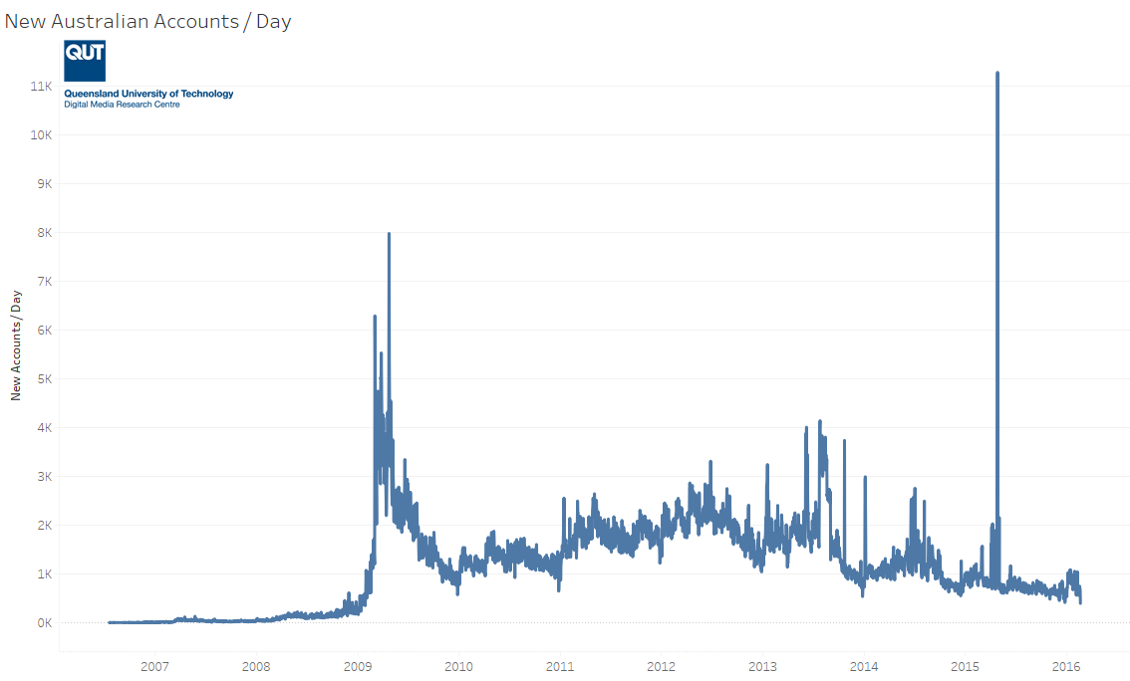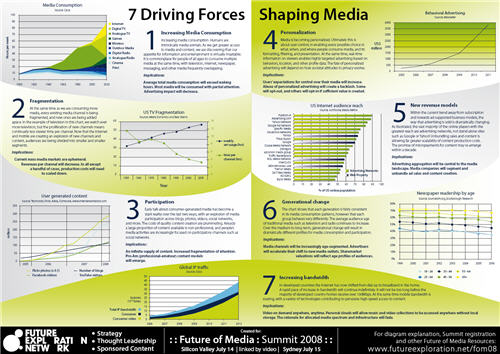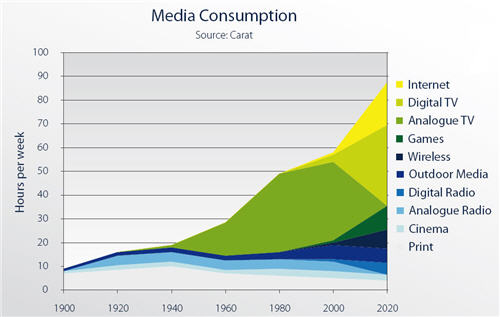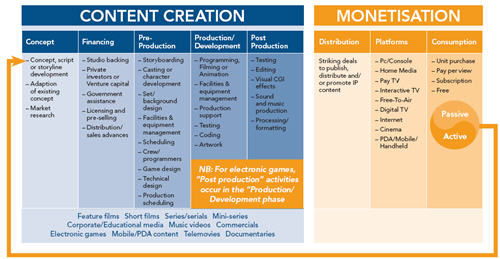This morning I moderated an AIMIA event on social media and user generated. It was extremely interesting. In the interests of getting this review up I’ll just post very lightly edited notes that I took during the event – you’ll have to make sense of them yourselves. Full details on the event here.
Forum agenda:
• Professional media vs. User generated content
• Social networking vs. Social Media
• The future of Social Networking
Social media and user generated content
Speakers:
Francisco Cordero, General Manager, Australia and NZ at Bebo Inc
Michela Ledwidge, Managing Director, MOD Films
Dominique Hind, General Manager, Mark.
Andrew Cordwell, Director of Sales, Fox Interactive Media
Moderated by:
Ross Dawson, Chairman, Future Exploration Network
Summary thoughts
What struck me the most was how richly the exact topic of social media and user generated content was addressed. What can be seen as buzzwords ended up being precisely about how users created and engaged with increasingly professional content, primarily video, in a social network context. In fact Bebo explicitly describes itself as social media rather than a social network, as it has shifted over the last year or so to be primarily a forum for rich video content.
I have long been deeply interested in crowdsourcing of movie-making (content and funding), having written before about the future of documentaries, A Swarm of Angels and similar topics. I found what Michela Ledwidge of MOD films had to say fantastically interesting – she is clearly on the leading edge of this. The name of her company comes from how mods are the foundation of the gaming industry, with users increasingly coming up with the latest modifications that make the games they play even more interesting. She wants to apply the same idea to films. I had already come across most of the things she mentioned, but not IndieGogo, a crowdsourcing site for independent film-making, a social network that creates extraordinary things by bringing together resources. While I know Blender, the open source 3D animation tool, and in fact spent a Saturday playing with it once, I didn’t know they’ve created completely open source films (animations) that anyone can pull apart and recreate any way they want. These are Pixar-quality films that anyone can modify or work on. I find that extraordinary.
Overall social networks are becoming places for rich content creation, and that’s a great thing. They are also absolutely where people will go to and find content. Content exists in social networks. It’s alive, or should be, and in a way social networks and content are one of the best combinations there is, tapping latent creativity among and between us.
Read more →




